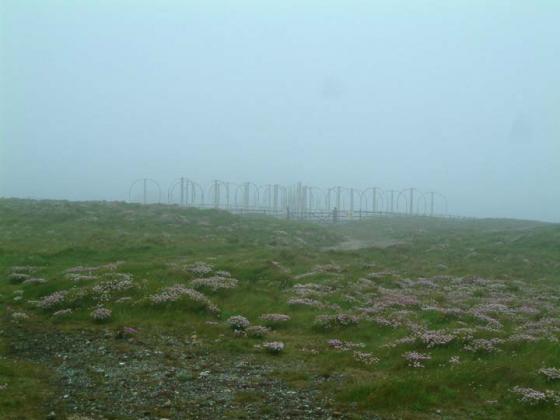From Robert Hunt’s “Popular Romances of the West of England. Volume 1” Published 1903.
“It is curious to find one tradition directly contradicting another. We are told, on the one hand, that The devil never came into Cornwall.
Because, when he crossed the Tamar, and made Torpoint for a brief space his resting-place, he could not but observe that everything, vegetable or animal, was put by the Cornish people into a pie.
He saw and heard of fishy pie, star-gazy pie, conger pie, and indeed pies of all the fishes in the sea. Of parsley pie, and herby pie, of lamy pie, and piggy pie, and pies without number. Therefore, fearing they might take a fancy to a “devily pie,” he took himself back again into Devonshire”.














































































